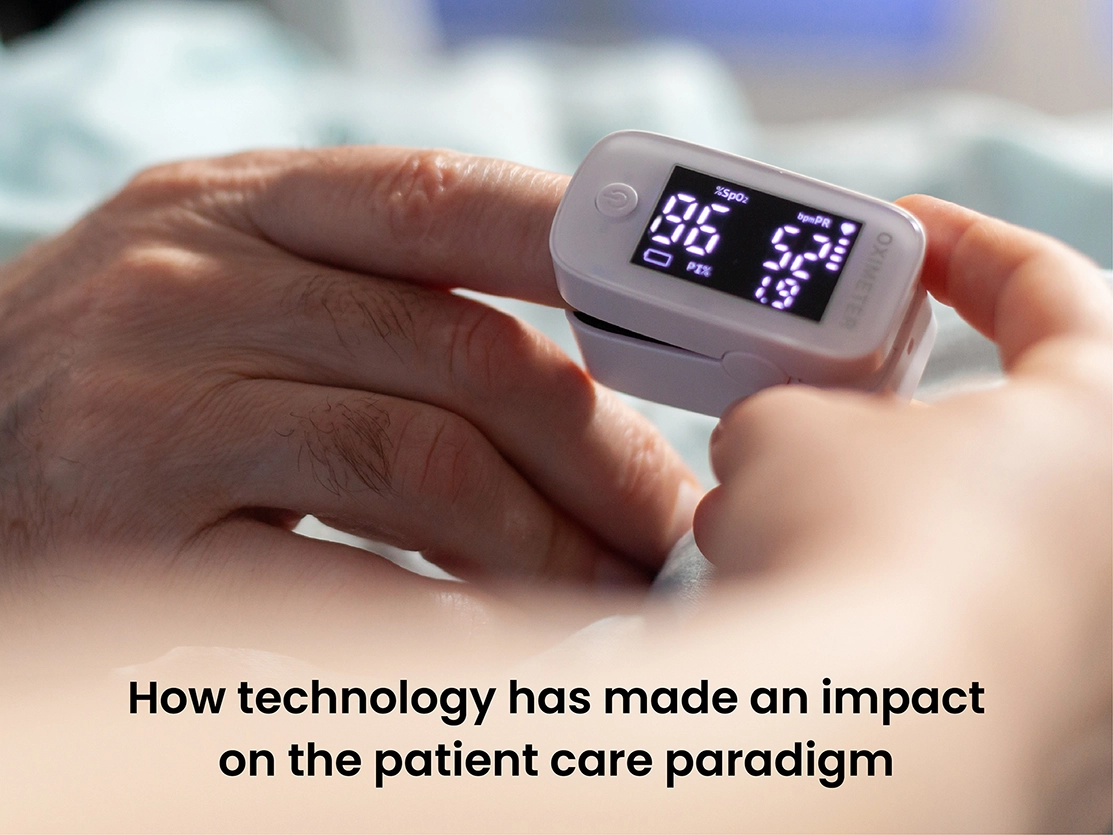
We live in a technological age, one in which technology plays a vital role in daily life. Today, it is no longer just an option but a necessity! Essentially, technology consists of tools, methods, and strategies that can help us solve problems and make our lives easier and better.
Consumerism has taken on a new shape thanks to technology. It has enabled people to do things that were once unimaginable. Technology has changed the way we entertain ourselves, socialize, and consume a wide range of products or services. It has enabled people to be more in control of their lives and customize their experiences.
Today, the healthcare continuum is significantly impacted by this. Patients' perspective has changed towards their healthcare! It goes beyond a simple treatment for illness. They expect a more holistic approach to healthcare. They want to be in charge of their healthcare and demand friction-free, personalized experiences that suit their lifestyle.
The healthcare industry needs to consider how other industries have transformed their consumer experiences with technology. For example, Netflix delivers a video-on-demand service that curates relevant content for its customers.
A decade ago, when binge-watching was an unknown phenomenon, viewers had to sit and wait for the start of their favorite show, comb through channels to find their next pick, or rush to buy movie tickets before they sold out.
Netflix recognized that the content delivery infrastructure was inadequate to meet the ever-evolving needs of consumers and decided to put customers in the driving seat. They revolutionized the entire entertainment industry and let their customers take control of their own viewing experiences. They started to deliver high-quality streaming content that can be consumed from anywhere, on any device, at any time and offered their own productions, expanding the range of content beyond traditional television.
Healthcare organizations can consider this proactive delivery model and build new sustainable healthcare infrastructure in order to deliver personalized experiences to their patient population. By doing so, they can enable their patients to access tailored care that fits their individual preferences rather than treating them as average.
With forefacts, healthcare organizations can build a seamlessly connected, sustainable, and scalable infrastructure that enables them to leverage the anytime, anywhere, on any device approach similar to Netflix and connect with patients beyond the hospital walls, which helps allow patients to take part in their own healthcare process, exchange care plans and pivotal health information to let them know about the treatment plans you have developed, educate them proactively regarding their health status, involve them in their own healthcare decision-making, virtually deliver high-quality care from remote locations, and improve care team collaboration around each patient. Therefore, giving patients more control over their healthcare and enabling better engagement through a personalized approach to patient care.
Conclusion
As Darwin stated, "survival of the fittest" means every living organism has to evolve with the changing environment in order to survive. A similar principle holds true for all businesses: "survival of the latest". Generally, the current generation tends to give a greater priority towards entities equipped with the most recent and advanced technological innovations. Therefore, healthcare organizations must establish a sustainable technology infrastructure to compete and thrive in today's changing healthcare landscape.